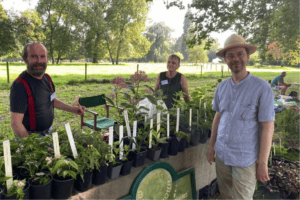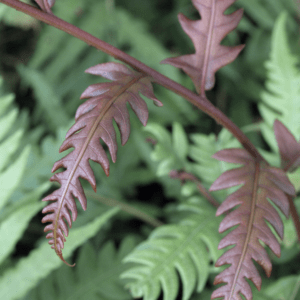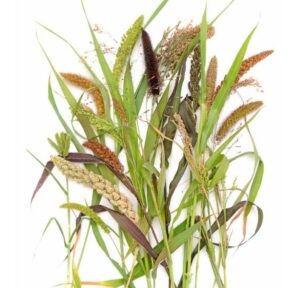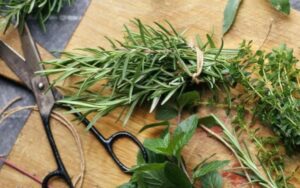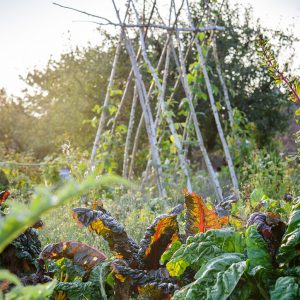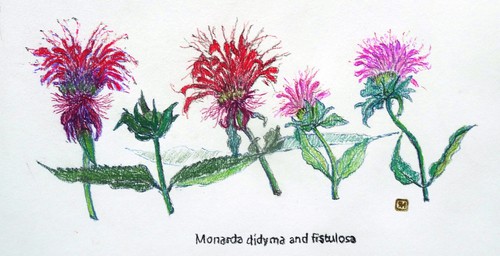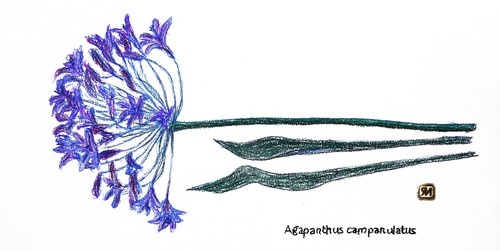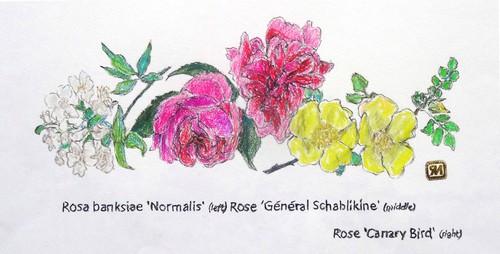The vegetable garden of Hex Castle is part of a long tradition of a seasonal and self-sufficient life. The garden is a reflection of the kitchen of the castle. Or the other way round, cultivating what you would like to have in your plate.
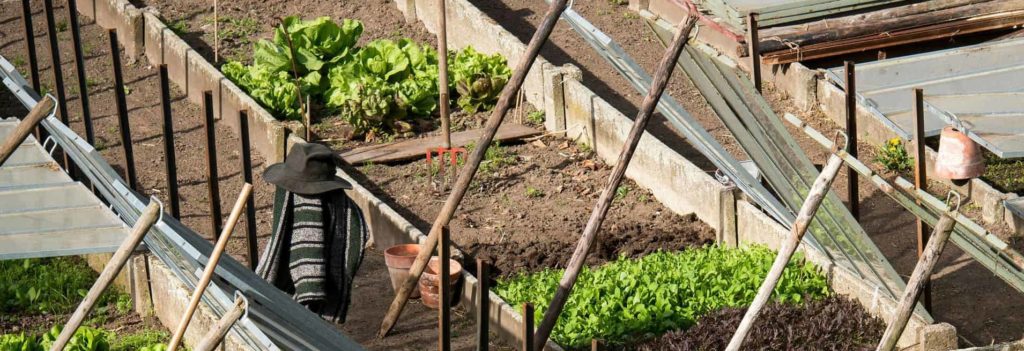
The agenda and cultivating techniques have been transmitted and improved through generations from gardener to gardener. This overview will help you create your own sowing calendar for the coming months: from end of February until June, for all gardeners - amateur, connoisseur, professional -these are the three busiest months of the year.
FEBRUARY/MARCH
The winter months are definitely over: the temperature is rising steadily and everything is moving in the garden. But despite the spring jitters, some caution is needed - certainly in the first weeks. It can still be quite inclement in March, and the soil is still wet and cold. In the meantime I already put the greenhouse and flat containers in order.
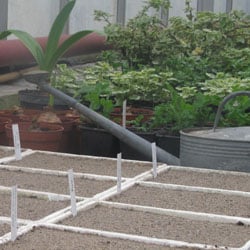 The first crops that require our attention are the vegetables that grow slowly or sprout, like the celery species - celeriac for example. We sow celery in a conservatory in one of the seed trays with a sifted soil, the seeds lightly covered with sharp sand. I divide the fine seeds with ample space - so that the seedlings do not crowd out until they are ready to be weaned. Celery is very slow to germinate and needs therefore a temperature of at least 18 to 20 °C: ideal for the veranda or on the windowsill of your kitchen. Good advice: keep an eye on your seed tray; keep it moist daily and be patient.
The first crops that require our attention are the vegetables that grow slowly or sprout, like the celery species - celeriac for example. We sow celery in a conservatory in one of the seed trays with a sifted soil, the seeds lightly covered with sharp sand. I divide the fine seeds with ample space - so that the seedlings do not crowd out until they are ready to be weaned. Celery is very slow to germinate and needs therefore a temperature of at least 18 to 20 °C: ideal for the veranda or on the windowsill of your kitchen. Good advice: keep an eye on your seed tray; keep it moist daily and be patient.
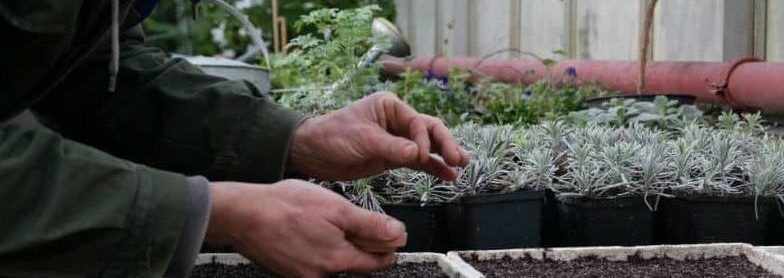
Next to the celery, I make room on the tablet for the summer leek. Leeks are also a slow sprout with a need for heat. We sow in a deep container with a raised edge.
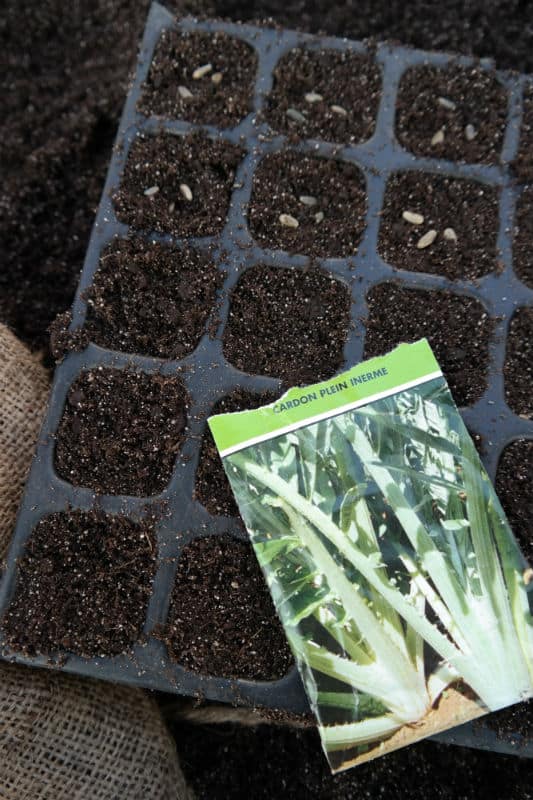 Paprika, peppers, aubergine and melon are plants that naturally have a long season. In order to harvest the first fruits in mid-summer, they must be sown early. I sow them in seed trays. They all germinate quickly. I transplant them into pots and keep them in the warm conservatory until May.
Paprika, peppers, aubergine and melon are plants that naturally have a long season. In order to harvest the first fruits in mid-summer, they must be sown early. I sow them in seed trays. They all germinate quickly. I transplant them into pots and keep them in the warm conservatory until May.
Then we also provide space in the heat for chards and artichoke, and this year I will also sow asparagus. I usually sow the perennial plants in trails or pots.
I keep the heat-loving vegetables warm on an electric heat mat with thermostat - at night I cover them with an extra cover. In the early days, there used to be a coal heater to keep the conservatory warm.
Cabbage and salad don't need much heat. We can start sowing them in the conservatory when the temperature reaches 12°C. Spring and summer oxheart cabbage, early cauliflower and broccoli are sown in trays, and then weaned out as soon as the seedlings have a few real leaves and show a branched root system. It is best to stay under the glass of the flat container until the weather allows them to be planted in the vegetable garden.
The first sweet peas are sown directly in pots after soaking them overnight. After a few weeks I plant them out under the glass of the flat container. Later in the season they can grow in the garden.
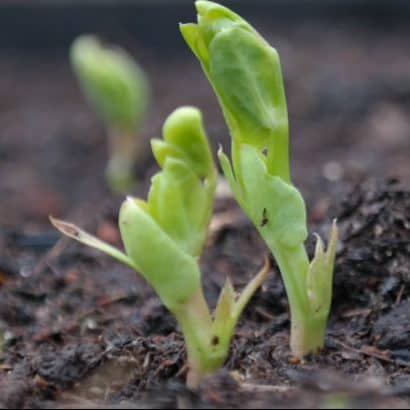 The seed potatoes of early potato varieties can now also be sown in the conservatory. We display the seed potatoes over a number of boxes with straw for germination. For organic cultivation, we choose tasty old varieties with a high resistance: "Belle de Fontenay", "Franceline", "Rosabelle" or "Roseval".
The seed potatoes of early potato varieties can now also be sown in the conservatory. We display the seed potatoes over a number of boxes with straw for germination. For organic cultivation, we choose tasty old varieties with a high resistance: "Belle de Fontenay", "Franceline", "Rosabelle" or "Roseval".
In the flat tray we sow spring vegetables under the glass in rows. I usually start with the "Golden Yellow Gotte" because it is ready for harvest with its small crop. "Golden yellow Gotte", "American red border", red oak leaf lettuce, "White Dunsel" are all very suitable as lettuce. While we wait for our first crops, we can harvest from these for a few weeks for a mixed salad. 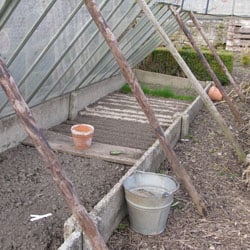 Then we sow a row of endive 'Always white' and salad herbs such as cress, aragula, leaf mustard, coriander and flat parlsey. I also sow a few rows of radish, stem onion, celery and chervil. You can also sow spinach or corn salad this month.
Then we sow a row of endive 'Always white' and salad herbs such as cress, aragula, leaf mustard, coriander and flat parlsey. I also sow a few rows of radish, stem onion, celery and chervil. You can also sow spinach or corn salad this month.
Then I saw a large tray of early bussel carrots. 'Amsterdam's box' is an unparalleled old and tasty variety that you can harvest in June. Also sow 'yellow stomp from Doubs' and a purple variety for some color.
 In the kitchen garden we start by removing the winter layer. We are going to break open the loamy earth with a storring fork to let the soil dry and warm up in the sun and wind. A few days later we will then mill, rake and sow.
In the kitchen garden we start by removing the winter layer. We are going to break open the loamy earth with a storring fork to let the soil dry and warm up in the sun and wind. A few days later we will then mill, rake and sow.
We also prepare the parcels where we will only sow in April or May (think carrots, chicory, onion or salsify). In the meantime, the weeds will germinate and we have the opportunity to hoe once before sowing, which saves us a lot of weeding afterwards. This technique is called false seedbed.
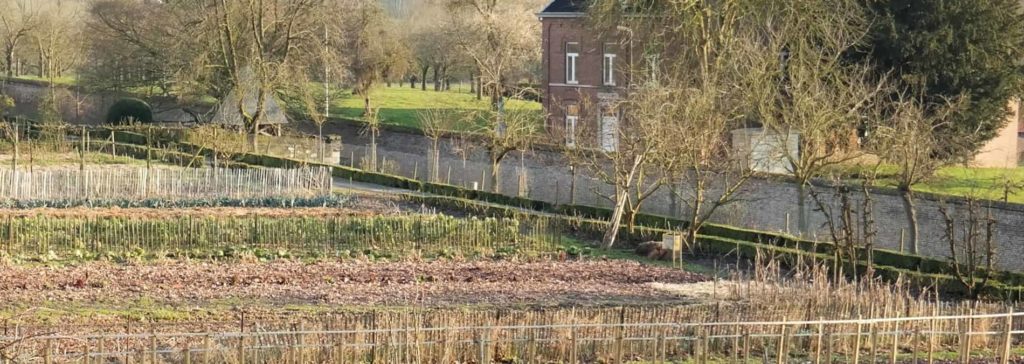
The first crop that can go in the ground, even in bad weather, is the lab bean (broad bean). Lab bean is an often forgotten or undervalued vegetable. Not only are the thick beans harvested green juicy and sweet, but the leaves, the flower buds and the pods also have all kinds of tasty preparation methods. The cultivation is rather simple. So do not hesitate to add this old vegetable to your range.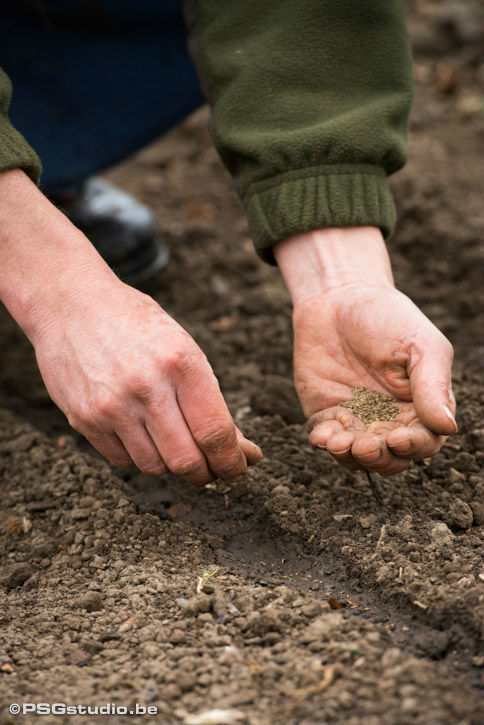
Furthermore, it is often possible during the first half of March to sow leafy plants in open ground, such as green turnip, spinach and chard. For spinach we will choose 'Viroflay' this month, and for chards we opt for the variety 'blond Lucullus'.
In regards to peas we will wait a bit more before we sow them. Peas can easily rot if the circumstances are not ideal. To ensure rapid emergence, we soak the seeds overnight and pre-germinate them in the greenhouse for a day or two. To prevent them from getting into trouble in the event of persistent rain, we ground the row - largely diverting the fallen rain from the row. Also remember to protect the emerging peas with a net from the birds as soon as possible.
It's also time to sow onion and plant onion shallot . A sowing onion (like 'Rijnsburger' or 'Alison Craig') keeps well longer than a onion plant.
Towards the end of the month we can also sow early potatoes in the ground. Their place in the conservatory is immediately occupied by the late varieties (such as the "Cornes de gatte") which in turn quickly germinate.
CHORES FOR MARCH
The permanent crops are checked and added onto.
Chives, rhubarb, sugar root or sea kale are split.
Sea kale is covered with flower pots for bleaching.
Asparagus beds are raised
The strawberry bed is weeded, fertilized and covered with straw.
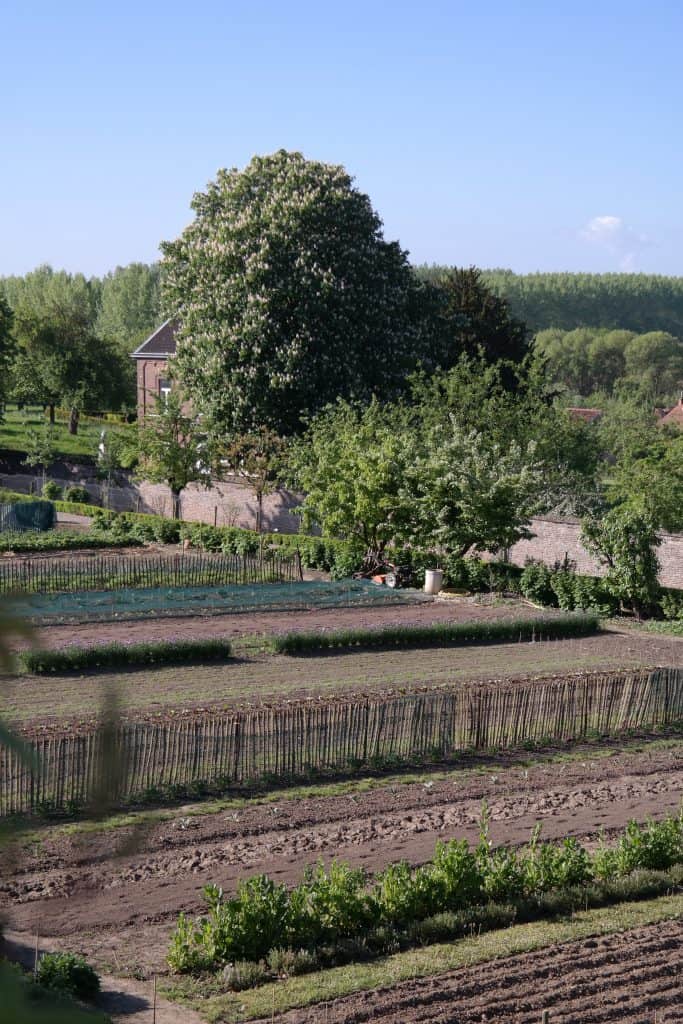
APRIL
April is the spring month by excellence, but the risk of night frost remains until mid-May; and that entails a lot of risks for the summer fruit crops. In addition to paprika, pepper and aubergine, summer fruit crops also include zucchini, tomato, pickle, cucumber, melon and pumpkin - and for convenience, sweet corn and basil.
These summer crops require a temperature of at least 20 °C to 22 °C to germinate, and at a later stage a temperature above 15 °C. In the veranda or in the house in front of a window is a possibility, and with insufficient light you can quickly see the seedlings crawling towards the source of light. The greenhouse with temporary heating is ideal for the cultivation of these varieties.
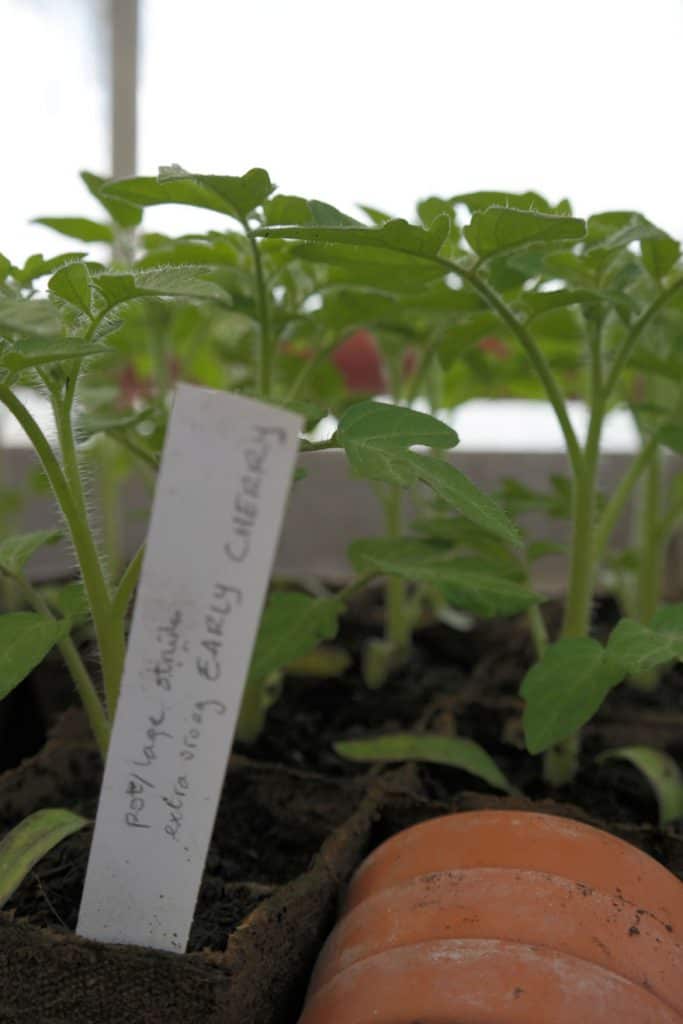 Paprika, aubergine, peppers and melon have been sown as early as possible (see above). However, a long period in the house or in the conservatory also carries the risk of all kinds of damage. That sometimes makes the cultivation of some of these summer crops an adventure. Do not be discouraged by your setbacks.
Paprika, aubergine, peppers and melon have been sown as early as possible (see above). However, a long period in the house or in the conservatory also carries the risk of all kinds of damage. That sometimes makes the cultivation of some of these summer crops an adventure. Do not be discouraged by your setbacks.
The first tomatoes are sown at the end of February. These are the earliest varieties, which are planted in the greenhouse - or creeping varieties for under the flat glass. The majority of tomatoes, the mid-sized outdoor tomatoes, are only sown early April. They are weaned after two to three weeks, and preferably are repotted a second time after a few weeks - before they go outside. I benefit from repotting to plant the tomato plants a little deeper each time.
Pumpkin is the fastest grower. We therefore only sow pumpkin mid-April, so that these plants do not stay in the greenhouse for more than four weeks.
WARM PRE-SOWING
In order, from February until mid-April:
celeriac - celery - summer leek
artichoke - chard - melon - bell pepper - aubergine
zucchini - tomato - basil
pickle - cucumber
pumpkin
With all the hustle and bustle surrounding the cultivation of the warm fruit crops, it is not surprising that the sowing of the autumn and winter crops have been overlooked in April. Therefore write it down in your diary: white and red cabbage 'Langedijker bewaar', kale, savoy cabbage, Brussels sprout, winter cauliflower and winter leek.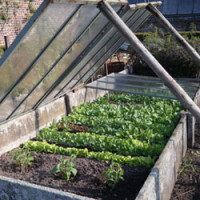 It is not necessary to sow them in the greenhouse - they do very well in a seedbed in open ground or in the container.
It is not necessary to sow them in the greenhouse - they do very well in a seedbed in open ground or in the container.
For the cultivation of winter leek we choose the variety "Blue of Liège". We also sow another early cauliflower.
We are now sowing for the first time in the flat tray summer purslane and every four weeks a bit of radish, lettuce, iceberg and some salad herbs.
In the open ground April starts with the sowing of the 'Nantese' root (for summer and to keep). Furthermore we sow beetroot, 'rainbow'-chard, fennel and salsify ; and then in between vegetable rows marigold alternated with East Indian Cress; and cut flowers such as cosmos, zinnia and sweet peas.
Towards May 1 we start to sow late seedpotatoes and then lettuce, cauliflower, broccoli, leek and celeriac are planted out.
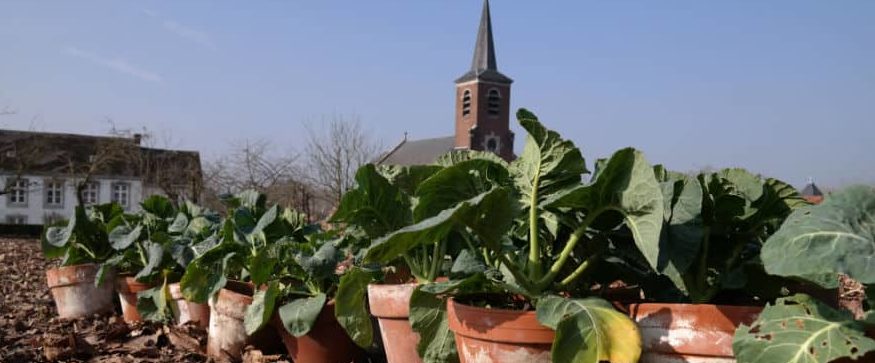
CHORES FOR APRIL
Soil life has awakened - the compost heaps are restarted.
The insects are back - we hang pheronome traps in the fruit trees.
The carrot plot is covered with insect mesh.
Grapes, peach trees and roses are sprayed with sulfur for the first time.
The young cabbage plants are protected with a net against the wood pigeons.
MAY
May is a month with two faces. On the one hand, we see fine summer weather with sometimes peaks up to 25 °C - on the other hand, the nights are sometimes still frighteningly cold.
The conservatory is overloaded. From May the fruitcropssuch as tomatoes can gently go outside to get used to the wind and the sun. However, always bring them back in time because the shock of a single cold night can weaken them forever.
 Mid-May, together with "the last of the Ice Saints", the night frost traditionally ends. After that, the planting material of the summer fruit crops is allowed to go to the garden. In the first half of the month we are busy preparing the parcels for the fruit crops so that the planting can be done without delay.
Mid-May, together with "the last of the Ice Saints", the night frost traditionally ends. After that, the planting material of the summer fruit crops is allowed to go to the garden. In the first half of the month we are busy preparing the parcels for the fruit crops so that the planting can be done without delay.
At the same time we sow peas again during this period - for a longer harvest.
We sow parsnip and rutabaga for a Autumn harvest; and some time later we sow sweetcorn and New-Zealand spinach.
From May we can also sow chicory . Sowing chicory is like sowing carrots, it is a precise and patient task - which you can only do in good weather. The more precisely you sow, the less work you will have to do with the rows. Finally, we plant the tubers of Dahlia in the first half of May on the borders of the vegetable garden.
If the weather good is, I will sow the first in the second half of May bush beans. I lay every 30 cm three to five beans in the row, after which - just like with the peas - I increase the row. After all, beans cannot withstand cold nights or wet soil.
For the rest, the days until June are filled with planting pumpkin, zucchini, tomato, pepper and basil, cucumber, pickle and melon. The earliest tomatoes , just like melons, are planted in the flat trays under the glass. The other tomato varieties are led up on a rope under a roof.
For pumpkin we keep a large parcel. Pickles, aubergine and cucumber go in the flat containers that have now been released for spring cultivation. Also pickle and cucumber are usually led on a rope, while aubergine and pepper are supported with a simple stick.
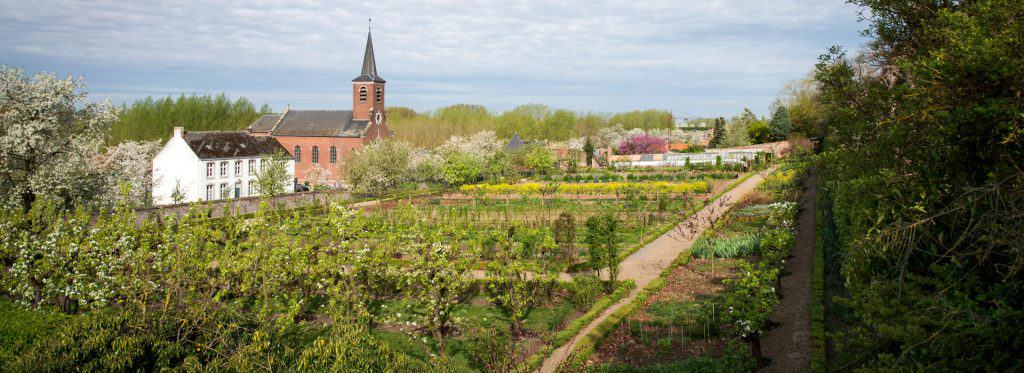
CHORES FOR MAY
The first treatments against insects are urgent: a simple ecological insecticide based on soap or oil against louse on cabbages and leafminer in the leaves of leek does the trick.
Nettle vulture is prepared to serve as a liquid fertilizer for the fruit crops.
The potatoes are raised when night frost threatens.
The carrots are thinned.
We build a roof for the tomatoes.
Ample compost is added when planting the fruit crops.
The bean stakes are straightened.
The parcels of the fruit crops are covered with straw after planting.
AND FURTHER
We look forward to the activities of the coming months. Early June we sow stake and runner bean - five beans around each stake- as well as dry bean "Flageollet" and a second time broad bean. In the flat tray I sow lettuce, iceberg, fennel, late cauliflower and Chinese cabbage again for a September harvest.
With the longest day ahead, the first of our late crops appear in the meanwhile well-stocked vegetable garden. After all, the autumn and winter cabbages are ready to plant out one after the other, and the winter leek has yet to find a place. Fortunately, there are the lots of early potatoes that are released.
Then, we will sow sharp and flat-leaved endive ('scarole') green chicory and radichiovarieties like 'Castelfranco' and 'Red of Verona' in the flat tray to wean out in the summer months.
To sow spinach again, we will wait until July; we will then go for a slow grower such as 'Viking' to harvest in September. To sow corn salad, winter purslane, turnip and black radish we wait until after summer.
Veel succes!
Gust Duchamps, moestuin Hex.

